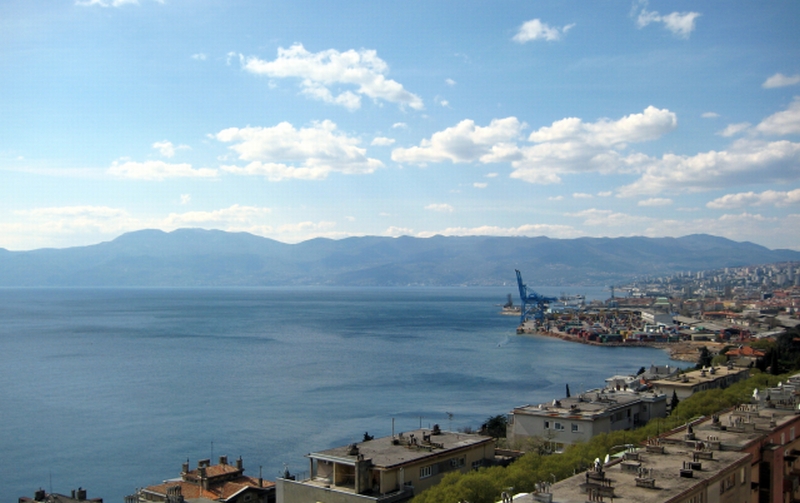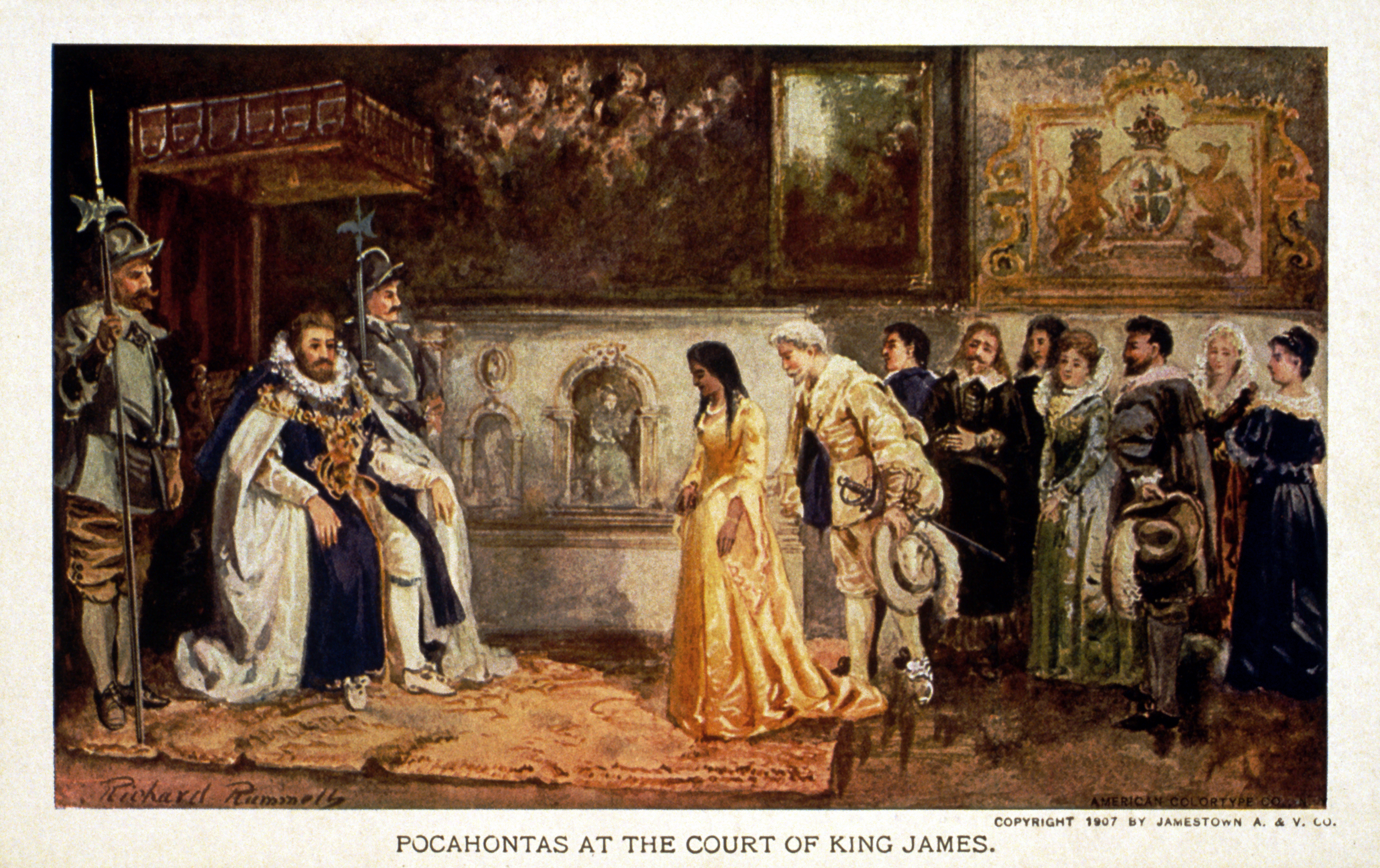|
Adam Von Trautmannsdorf
Adam von Trautmannsdorf (1579–1617), ''kaiserlicher Kämmerer und oberster Kriegsrat'', general of the Croatian and Austrian Littoral. Commander in chief of the Archduke in Friuli during the Uskok War. He arrived in Gorizia Gorizia (; ; , ; ; ) is a town and (municipality) in northeastern Italy, in the autonomous region of Friuli-Venezia Giulia. It is located at the foot of the Julian Alps, bordering Slovenia. It is the capital of the Province of Gorizia, Region ... on 27 December 1615 and ordered his headquarters at Rubbia Castle where he died, shot while visiting the trenches, on 7 June 1617. References {{DEFAULTSORT:Trautmannsdorf, Adam Von 1579 births 1617 deaths Generals of the Holy Roman Empire ... [...More Info...] [...Related Items...] OR: [Wikipedia] [Google] [Baidu] |
Croatian Littoral
Croatian Littoral () is a historical name for the region of Croatia comprising mostly the coastal areas between traditional Dalmatia to the south, Mountainous Croatia to the north, Istria and the Kvarner Gulf of the Adriatic Sea to the west. The term "Croatian Littoral" developed in the 18th and 19th centuries, reflecting the complex development of Croatia in historical and geographical terms. The region saw frequent changes to its ruling powers since classical antiquity, including the Roman Empire, the Ostrogoths, the Lombards, the Byzantine Empire, the Frankish Empire, and the Croats, some of whose major historical heritage originates from the area—most notably the Baška tablet. The region and adjacent territories became a point of contention between major European powers, including the Republic of Venice, the Kingdom of Hungary, and the Habsburg and Ottoman Empires, as well as Austria, the First French Empire, the Kingdom of Italy, and Yugoslavia. Geography Croatian Li ... [...More Info...] [...Related Items...] OR: [Wikipedia] [Google] [Baidu] |
Austrian Littoral
The Austrian Littoral (, , , , ) was a crown land (''Kronland'') of the Austrian Empire, established in 1849. It consisted of three regions: the Margraviate of Istria in the south, Gorizia and Gradisca in the north, and the Imperial Free City of Trieste in the middle. The region has been contested frequently, with parts of it controlled at various times by the Republic of Venice, Austria-Hungary, Italy, and Yugoslavia among others. The Kingdom of Italy annexed most of the area after World War I according to the Treaty of London and later the Treaty of Rapallo. After World War II it was split, with Italy in the west and Yugoslavia in the east. Trieste had strategic importance as Austria-Hungary's primary seaport, and the coast of the Littoral was a resort destination known as the Austrian Riviera. The region was a multi-ethnic one, with Italians, Slovenes, Croats, Germans and Friulians being the main groups. In 1910, it had an area of and a population of 894,287. History ... [...More Info...] [...Related Items...] OR: [Wikipedia] [Google] [Baidu] |
Friuli
Friuli (; ; or ; ; ) is a historical region of northeast Italy. The region is marked by its separate regional and ethnic identity predominantly tied to the Friulians, who speak the Friulian language. It comprises the major part of the autonomous region Friuli-Venezia Giulia, i.e. the administrative Provinces of Italy, provinces of Province of Udine, Udine, Province of Pordenone, Pordenone, and Province of Gorizia, Gorizia, excluding Province of Trieste, Trieste. Names The name originates from the ancient Roman town of ("Julius Caesar, Julius' Forum (Roman), Forum"), now Cividale del Friuli. Geography Friuli is bordered on the west by the Veneto region with the border running along the Livenza river, on the north by the crest of the Carnic Alps between Carnia and Austrian Carinthia (state), Carinthia, on the east by the Julian Alps, the border with Slovenia and the Timavo river, and on the south by the Adriatic Sea. The adjacent Slovene parts of the Soča/Isonzo valley f ... [...More Info...] [...Related Items...] OR: [Wikipedia] [Google] [Baidu] |
Uskok War
The Uskok War, also known as the War of Gradisca or the War of Friuli, was fought by the Austrians, Slovenes, Croats (from Croatia and Slavonia) and Spanish on one side and the Venetians, Croats (from Dalmatia and Istria), Slovenes (from Istria), Dutch, and English on the other. It is named for the Uskoks, soldiers from Kingdom of Croatia (Habsburg), Croatia used by the Austrians for irregular warfare. Since the Uskoks were checked on land and were rarely paid their annual salary, they resorted to piracy. In addition to attacking Turkish ships, they attacked Republic of Venice, Venetian merchantmen. Although the Venetians tried to protect their shipping with escorts, watchtowers, and other protective measures, the cost became prohibitive: 120,000 thalers annually during the 1590s, 200,000 in the 1600s, and 360,000 by 1615.Parker, Geoffrey. ''The Thirty Years' War'', 2nd edition. 1997. In December 1615 Venetian troops besieged Gradisca d'Isonzo, Gradisca, on the Soča, Isonzo R ... [...More Info...] [...Related Items...] OR: [Wikipedia] [Google] [Baidu] |
Gorizia
Gorizia (; ; , ; ; ) is a town and (municipality) in northeastern Italy, in the autonomous region of Friuli-Venezia Giulia. It is located at the foot of the Julian Alps, bordering Slovenia. It is the capital of the Province of Gorizia, Regional decentralization entity of Gorizia and is a local center of tourism, industry, and commerce. Since 1947, a Twin cities (geographical proximity), twin town of Nova Gorica has developed on the other side of the modern-day Italy–Slovenia border. The region was subject to territorial dispute between Italy and Yugoslavia after World War II: after the new boundaries were established in 1947 and the old town was left to Italy, Nova Gorica was built on the Yugoslav side. The two towns constitute a conurbation, which also includes the Slovenian municipality of Šempeter-Vrtojba. Since May 2011, these three towns have been joined in a common trans-border metropolitan zone, administered by a joint administration board. The name of the town comes ... [...More Info...] [...Related Items...] OR: [Wikipedia] [Google] [Baidu] |
1579 Births
Year 1579 ( MDLXXIX) was a common year starting on Thursday of the Julian calendar, and a common year starting on Monday of the Proleptic Gregorian calendar. Events January–March * January 6 – The Union of Arras unites the southern Netherlands under the Duke of Parma, governor in the name of king Philip II of Spain. * January 23 – The Union of Utrecht unites the northern Netherlands in a confederation called the United Provinces. William I of Orange becomes ''Stadtholder'', and the Duc d'Anjou, younger brother of Henry III of France, is invited to become hereditary sovereign. * February 4 – The Ghent Republic joins the Union of Utrecht. * February 28 – The seizure in September by Willem IV van den Bergh, of the Boxmeer Castle in September in the Netherlands is condemned by the other Dutch members of the Union of Utrecht. * March 1 – Off of the coast of what is now Ecuador, the English galleon ''Golden Hind'', captained by Francis ... [...More Info...] [...Related Items...] OR: [Wikipedia] [Google] [Baidu] |
1617 Deaths
Events January–March * January 5 **Pocahontas and Tomocomo of the Powhatan Algonquian peoples, Algonquian tribe, in the Virginia colony of America, meet James VI and I, King James I of England as his guests, at the Banqueting House, Whitehall, Banqueting House at Whitehall. **''The Mad Lover'', a play by John Fletcher (playwright), John Fletcher, is given its first performance. * February 27 – The Treaty of Stolbovo ends the Ingrian War between Sweden and Tsardom of Russia, Russia. Sweden gains Swedish Ingria, Ingria and Priozersk, Kexholm. * March 4 – On Shrove Tuesday, angry rioters burn down London's Cockpit Theatre because of its increase in the price of admission to its plays. Three rioters are killed when the actors at the theater defend themselves. * March 7 – Francis Bacon is appointed as Lord Keeper of the Great Seal of England and is designated by King James I to serve as regent during the time that the King of England is away from West ... [...More Info...] [...Related Items...] OR: [Wikipedia] [Google] [Baidu] |


